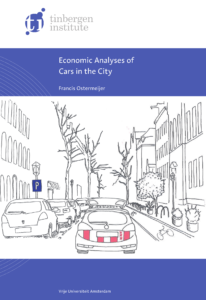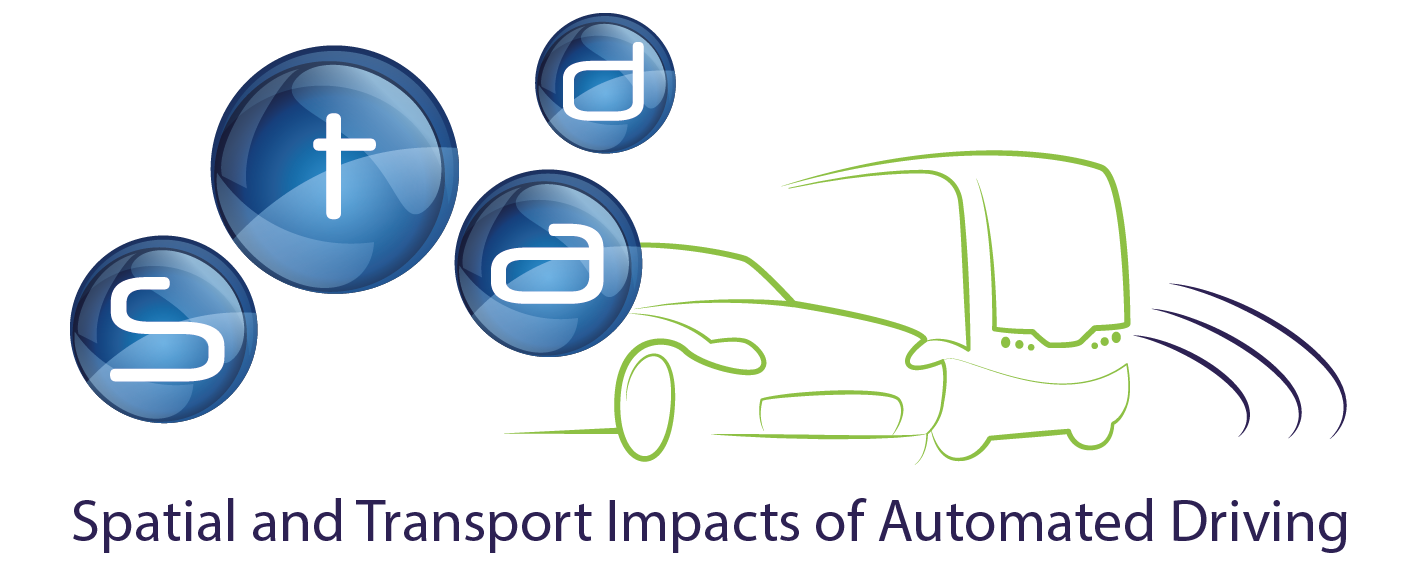The urban spatial structure will likely fundamentally change due to the introduction of AD. Changes in spatial structure are usually slow and subject to policy regulation. It is therefore important for policy makers to be informed about anticipated changes in the spatial structure. Important questions are which locations will be mostly affected (city centres, suburbs, rural areas), which municipalities will benefit (or loose) from the introduction of automated vehicles (e.g., in terms of high demand for living or working)? To what extent are these impacts related to the ease of automated vehicles integration in each region due to differences in infrastructure? To what extent will spatial implications differ according to the type of automated vehicles (e.g., privately owned, shared, public transport, trucks) or infrastructure (e.g., automated highway systems, valet parking infrastructure)?
The aim of SP5 is to explore the impacts of AD on the spatial distribution of population and jobs, land use, and land values. We analyse the impacts of improved accessibility and parking demand at three spatial levels: the neighbourhood, the city and the region. We will examine potential changes in a more general case but also for three case studies with different initial spatial structures, transportation characteristics and regulatory contexts.
AD is expected to change the demand and supply of residential and working locations (Kantor et al., 2015): living further away from work becomes feasible so employers and households may move either closer or further away from current centres, because their productivity will change (Koster, et al., 2014). Second, AD is expected to increase the demand for housing by (rich) households in city centres. AD enables them to have access to amenities offered by city centres but simultaneously own several cars, which is currently very expensive (Brueckner et al., 1999). This may increase car ownership in city centres. On the other hand, it may be the case that particularly in city centres households will share cars, so car ownership will fall.
This goal of this subproject is to produce a theoretical and empirical assessment of the long-term impacts of AD on the urban spatial structure acknowledging the uncertainty and limited knowledge we have about future developments. Because of the hypothetical nature of the developments in AD, we will use a range of methods including (a) theoretical economic models for various scenarios of value of time changes to infer estimations about attractiveness of different locations and subsequent impacts on land use and land prices, (b) empirical econometric models for the analysis of current demand for housing, workplaces and parking and use these to assess the introduction of AD.
Francis Ostermeijer is running the project guided by Jos van Ommeren, Hans Koster and Dimitris Milakis.
 | Francis Ostermeijer’s PhD thesis can be read here: Economic Analyses of Cars in the City: Implications for Policy and Automated Vehicles |


